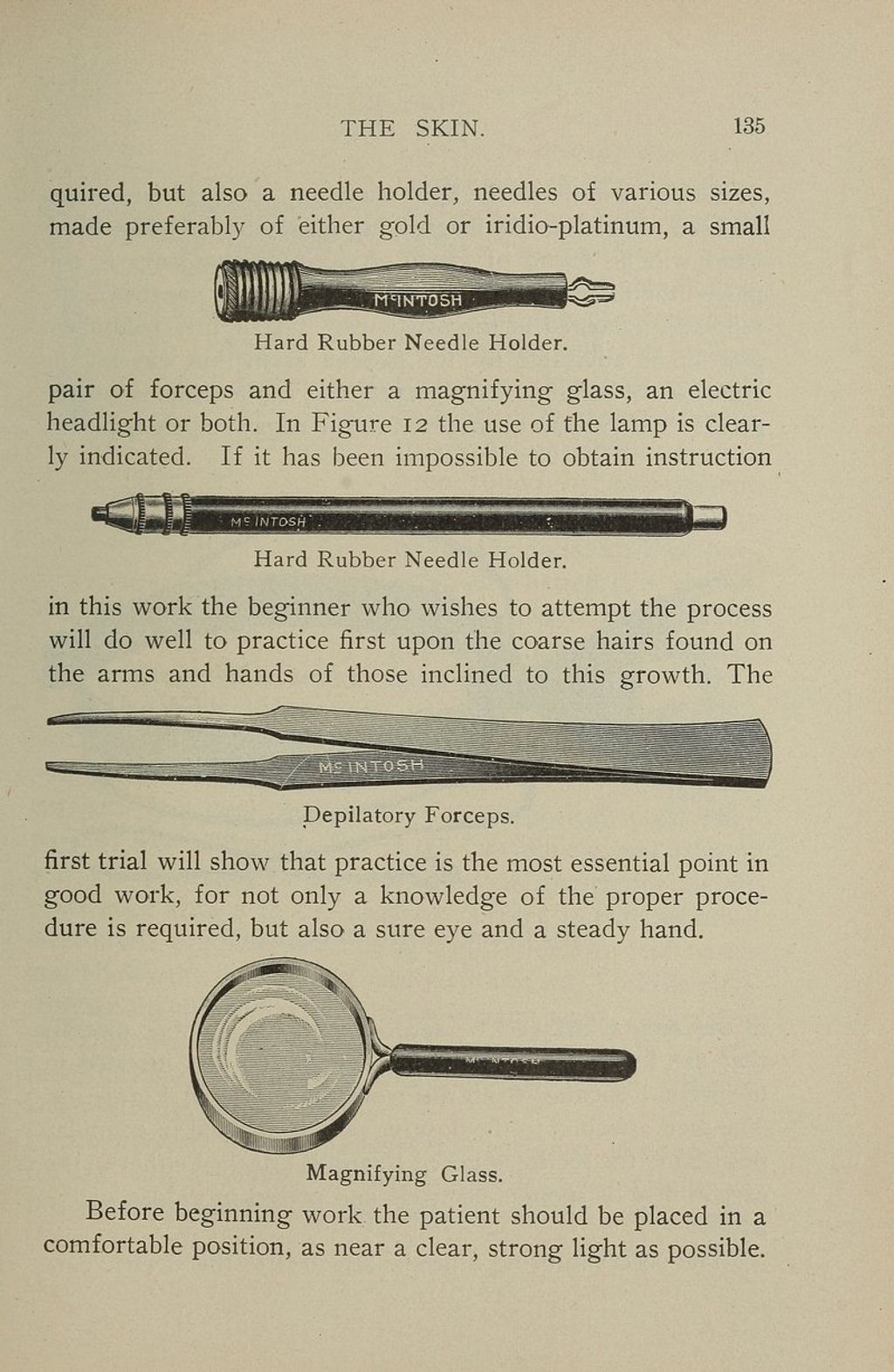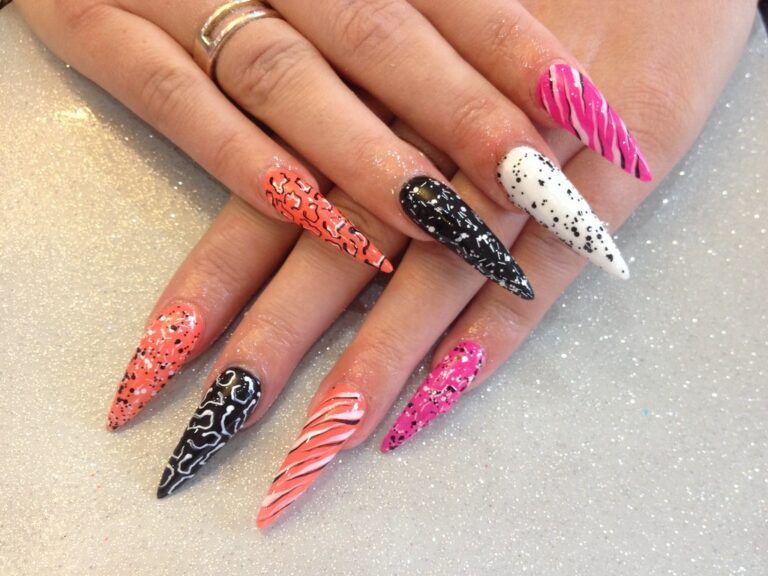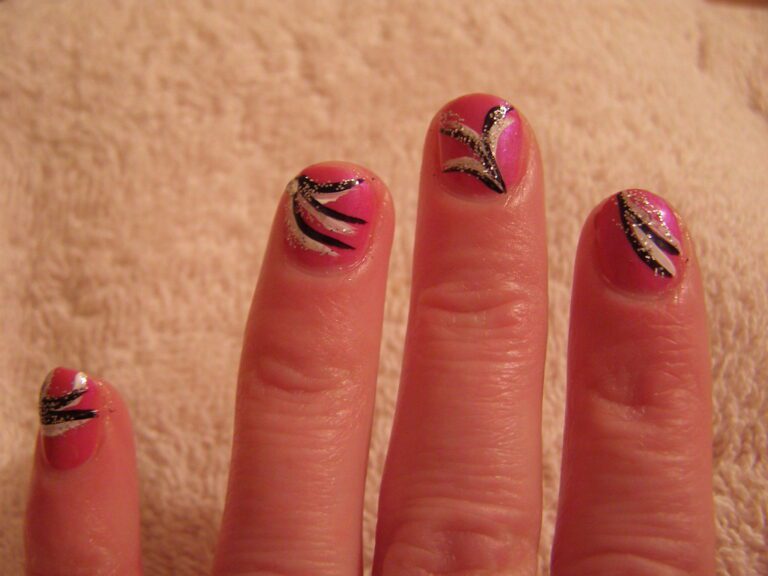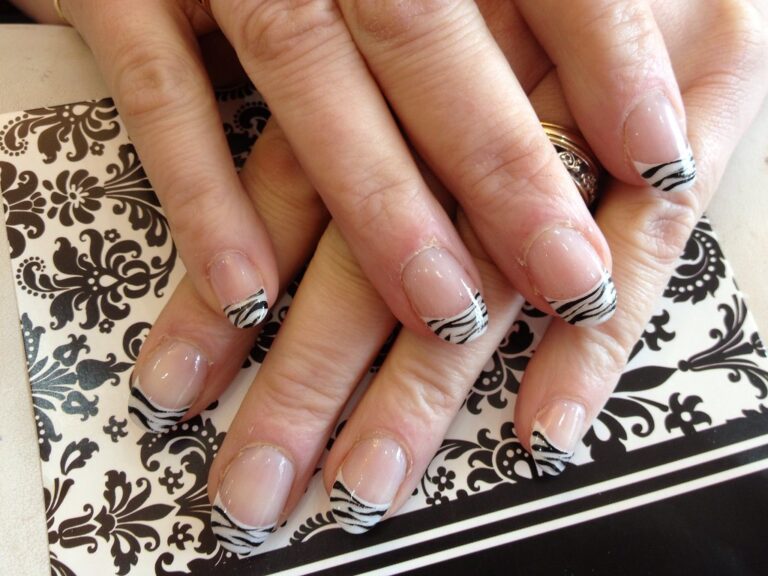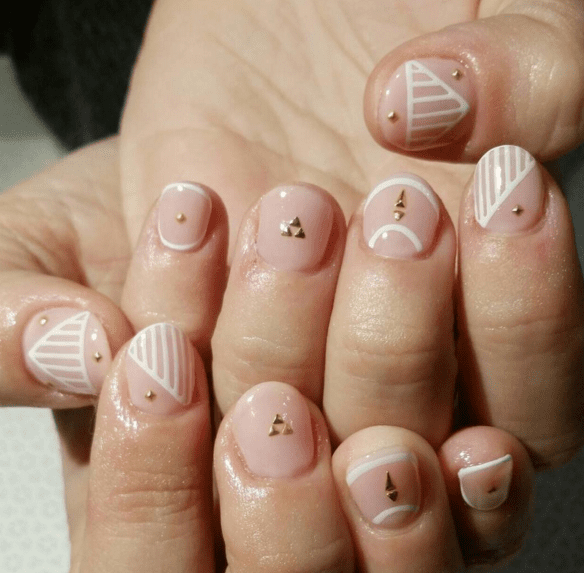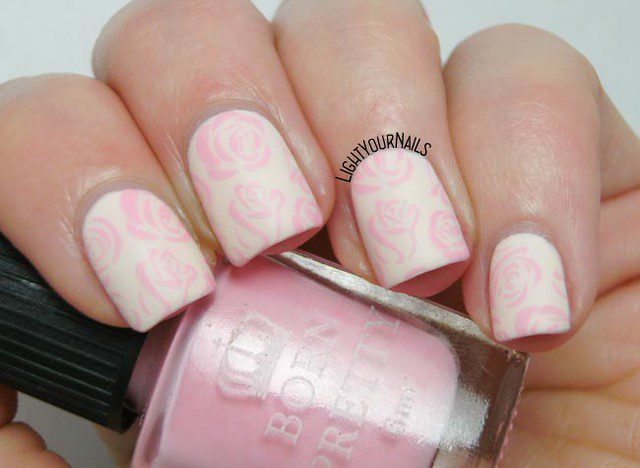“Unveiling the Secrets: How Nails Grow”
In this article, we will delve into the fascinating process of nail growth and explore the factors that influence this natural phenomenon. Understanding the anatomy of a nail and the various factors affecting its growth is essential for maintaining healthy and strong nails. Let’s uncover the secrets of how nails grow and debunk common myths surrounding nail care.
Key Takeaways
- Proper nutrition and diet play a crucial role in promoting healthy nail growth.
- Maintaining good overall health is important for supporting optimal nail growth.
- Environmental factors such as humidity and temperature can impact the rate of nail growth.
- Regular nail care and proper maintenance are essential for preventing nail growth disorders.
- Identifying and addressing nail growth disorders early can lead to effective treatment and prevention.
The Anatomy of a Nail

Understanding the Nail Structure
The human nail is a complex structure that plays a crucial role in the protection of the fingertips and the enhancement of fine touch sensations. Composed primarily of keratin, a tough protein, the nail is more than just a surface layer. It begins its growth from a deep part of the skin known as the nail matrix. This area is rich in keratin-producing cells and is responsible for the constant production of the nail plate.
The nail itself is made up of several parts, including the nail plate, the nail bed, and the cuticle. The nail plate is the hard, translucent part that we typically refer to as the nail. Below it lies the nail bed, which is the skin underneath that nourishes and supports the nail plate. The cuticle is the tissue that overlaps the nail plate at the base, providing a protective barrier.
Proper nail care is essential for maintaining the health and strength of the nail structure. Regular moisturizing and protection from harsh chemicals can help prevent damage to the nails. Additionally, it’s important to understand that nails reflect our overall health, and changes in nail growth or appearance can signal underlying health issues.
Tip: Keeping nails clean and dry can prevent many common nail problems. However, if you notice any significant changes in your nail structure, it’s advisable to seek professional medical advice.
The Growth Process
Nails grow from a matrix at the base of the nail root. During the early part of their journey, matrix cells multiply and move forward, synthesizing keratin. As the root grows, the nail streams down along the nail bed and adds material to the underside of the nail to make it thicker.
Tip: Regular moisturizing can help maintain healthy nail growth.
- Matrix cells multiply and move forward
- Keratin synthesis
- Nail streaming down along the nail bed
- Adding material to the underside of the nail to make it thicker
Factors Affecting Nail Growth
Nutrition and Diet
The role of nutrition and diet in nail growth cannot be overstated. Just like any other part of the body, the nails require a variety of nutrients to grow strong and healthy. A deficiency in vitamins and minerals can lead to brittle nails or other growth issues.
Protein, being the building block of nails, is crucial. Keratin, a type of protein, is the primary component of nails. Including adequate protein in your diet is essential for nail strength and integrity. Vitamins such as biotin, vitamin E, and vitamin C are also important for maintaining nail health. Minerals like iron and zinc play a vital role in nail growth and repair.
Here is a list of nutrients and their benefits for nail growth:
- Biotin: Supports nail strength and thickness.
- Vitamin E: Protects cells from oxidative damage.
- Vitamin C: Essential for collagen production.
- Iron: Prevents brittle nails.
- Zinc: Aids in nail tissue growth and repair.
Tip: Consistently incorporating a balanced diet rich in these nutrients can significantly improve nail health over time.
Health Conditions
The health of our nails is often a reflection of our overall well-being. Certain health conditions can significantly influence the rate and quality of nail growth. For instance, anemia can lead to brittle nails, while psoriasis may cause nails to become pitted or detached. Here’s a list of common health issues that can affect your nails:
- Anemia
- Psoriasis
- Thyroid disorders
- Lung diseases
- Heart conditions
Italics are used to emphasize the direct impact that these conditions can have on nail health. Understanding the connection between health and nail growth is crucial for both diagnosis and care.
Tip: If you notice significant changes in your nails, such as discoloration or changes in growth patterns, it’s important to consult a healthcare professional. These alterations could be indicators of underlying health issues that require attention.
Environmental Factors
The environment plays a pivotal role in the health and growth of our nails. Exposure to harsh chemicals, extreme temperatures, and even the quality of water can all impact nail strength and growth rate. For instance, frequent contact with cleaning agents without proper protection can lead to brittle nails, while cold climates may slow down nail growth.
- Moisture levels in the environment also significantly affect nail health. High humidity can make nails softer and more prone to breakage, whereas dry conditions can cause nails to become dehydrated and crack. It’s essential to maintain a balance and protect the nails from these environmental extremes.
Here are some practical tips to shield your nails from environmental stressors:
- Wear gloves when using cleaning products or gardening.
- Apply a nourishing nail cream or oil regularly to maintain hydration.
- In cold weather, keep your hands warm to promote circulation and nail growth.
Prevention is better than cure when it comes to nail care. By being mindful of environmental factors and taking proactive steps, you can ensure your nails remain healthy and strong.
Common Nail Growth Myths

Debunking Misconceptions
When it comes to nail care, there are several myths that have been perpetuated over the years. Debunking these misconceptions is crucial for understanding the true needs of your nails. One common myth is that nails need to breathe, but in reality, nails receive their nutrients and oxygen from the blood supply, not the air. Another myth is that acetone is harmful to nails, but when used in moderation, acetone-based products are generally safe. It’s also important to note that white spots do not necessarily indicate calcium deficiency, as they can be caused by various factors. To ensure proper nail care, it’s essential to understand the truth behind these myths and take appropriate steps to maintain healthy nails. Here are a few key points to keep in mind:
- Nails receive nutrients and oxygen from the blood supply, not the air.
- Acetone-based products are generally safe when used in moderation.
- White spots on nails can be caused by various factors, not just calcium deficiency.
Remember, proper nail care is based on accurate information and understanding the real needs of your nails. As you continue your nail care journey, always seek reliable and trustworthy sources for guidance and advice.
Understanding Nail Care
Proper nail care is essential for maintaining the health and appearance of your nails. It involves more than just regular trimming and polishing; it’s about understanding the needs of your nails and providing them with the right care and attention. Here are some key tips for effective nail care:
- Keep your nails clean and dry to prevent fungal infections.
- Moisturize your nails and cuticles regularly to prevent cracking and peeling.
- Avoid biting your nails or picking at your cuticles, as this can damage the nail bed.
- Use gloves when doing household chores that involve harsh chemicals or prolonged water exposure.
- Trim your nails regularly to prevent splitting and breakage.
Tip: Always use sharp nail scissors or clippers for a clean cut, which helps maintain the strength of your nails.
Understanding the proper techniques and tools for nail care can prevent many common nail problems. However, it’s also important to be aware of the signs that indicate a need for professional care. If you notice persistent issues such as discoloration, thickening, or distortion of the nails, it’s advisable to consult a dermatologist or a professional nail technician.
Nail Growth Disorders
Identifying Nail Disorders
Nail disorders can be indicative of underlying health issues and may manifest in various ways. Discoloration, thickening, or deformation of nails are common signs that something may be amiss. For instance, thickened nails might suggest the presence of a fungal infection, psoriasis, or circulation problems. Similarly, symptoms such as redness, swelling, and pain around the nails should not be overlooked, as they could point to infections or other nail diseases.
It’s crucial to observe any irregularities in the nails, including changes in the white part of the nail or the presence of debris under the nail, which could be symptomatic of a toenail fungal infection. Early detection and identification of these signs can lead to more effective treatment and potentially prevent more serious health complications.
Tip: Regular inspection of your nails for any unusual changes can be a simple yet effective way to monitor your overall health.
Understanding the most common nail disorders is the first step towards maintaining nail health. Here’s a list of symptoms that may indicate a nail disorder:
- Redness
- Swelling
- Pain
- Discoloration
- Thickening
- Deformation
- Debris under the nail
Treatment and Prevention
Effective treatment and prevention of nail growth disorders often require a multifaceted approach. It’s essential to address the underlying health conditions that may be contributing to the problem. For instance, the management of nail diseases may include the use of vitamin E and antifungal medications, as suggested by literature on the subject. Keeping nails dry and using remedies such as 1% acetic acid compresses can also be beneficial in treating certain conditions.
Tip: Consistency in treatment is key. Regular application of prescribed treatments and adherence to preventive measures can significantly improve outcomes.
Preventive strategies should not be overlooked. Simple practices such as maintaining a balanced diet, protecting nails from harsh chemicals, and avoiding nail-biting can go a long way in preserving nail health. For those looking to enhance their nail care routine, consider exploring innovative products and expert advice from trusted sources like Amanda Rodriguez’s Nail Salon, which focuses on quality and innovation in nail care.
Nail growth disorders can be frustrating and challenging to deal with. Whether you’re struggling with slow nail growth, brittle nails, or other nail-related issues, it’s important to seek the right information and guidance. At NAILinspire.com, we provide the ultimate online nail art design library, offering valuable resources, tips, and inspiration to help you achieve healthy and beautiful nails. Visit our website today to explore a wide range of nail care topics and unleash your creativity.
Frequently Asked Questions
How fast do nails grow?
Nails typically grow at a rate of about 1/8 inch per month.
Can nail growth be affected by diet?
Yes, a balanced diet with essential nutrients like protein, biotin, and vitamins can promote healthy nail growth.
What are some common misconceptions about nail growth?
One common misconception is that nails continue to grow after death. In reality, it’s the skin around the nails that retracts, giving the appearance of continued growth.
How can I prevent nail disorders?
Maintaining good hygiene, avoiding excessive exposure to harsh chemicals, and protecting nails from trauma can help prevent nail disorders.
Are nail disorders contagious?
Some nail disorders, such as fungal infections, can be contagious. It’s important to practice good hygiene and avoid sharing personal items to prevent spreading nail disorders.
Can nail disorders be hereditary?
Yes, some nail disorders, such as pachyonychia congenita, can be inherited. It’s important to be aware of family history and seek appropriate medical advice.

